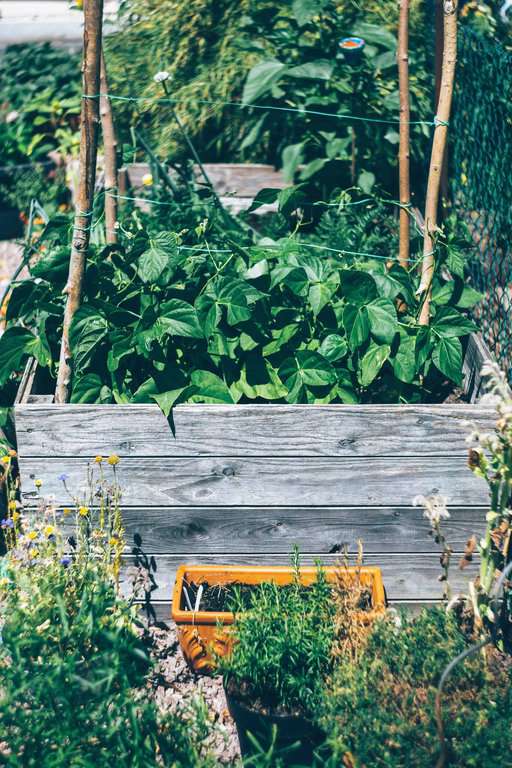If you live in Nevada County, California and are looking to start a vegetable garden, there are several things you should consider before you get started. Planning your vegetable beds is important to ensure you have a successful and productive garden.
Crop Rotation
Crop rotation is a vital part of any vegetable garden plan. This means that you should avoid planting the same family of plants in the same spot every year. This helps to reduce soil-borne diseases and pests that can build up in the soil over time. For example, if you grew tomatoes in one bed last year, you should not plant them in the same bed this year. Instead, you could rotate to a bed with beans or peas, which will help to replenish the soil with nitrogen.
Trellises
Trellises are an important addition to any vegetable garden, especially when growing vining crops such as cucumbers, squash, or melons. By keeping these plants off the ground, trellises reduce the risk of pests and diseases, and make harvesting much easier. Additionally, they can add visual interest and even serve as a focal point in your garden design.
Drop Irrigation
In Nevada County, where water can be scarce during the summer months, drop irrigation is an excellent option for watering your vegetable beds. This type of irrigation delivers water directly to the roots of your plants, reducing water waste and maximizing efficiency. It also helps to reduce the risk of fungal diseases, as the foliage stays dry.
When planning your vegetable beds, consider the amount of space you have available, the amount of sunlight your garden gets, and the types of crops you want to grow. Make sure to use crop rotation to keep your soil healthy, use trellises to maximize space and reduce disease risk, and consider using drop irrigation to conserve water. With these tips, you can create a thriving vegetable garden in Nevada County, California.

